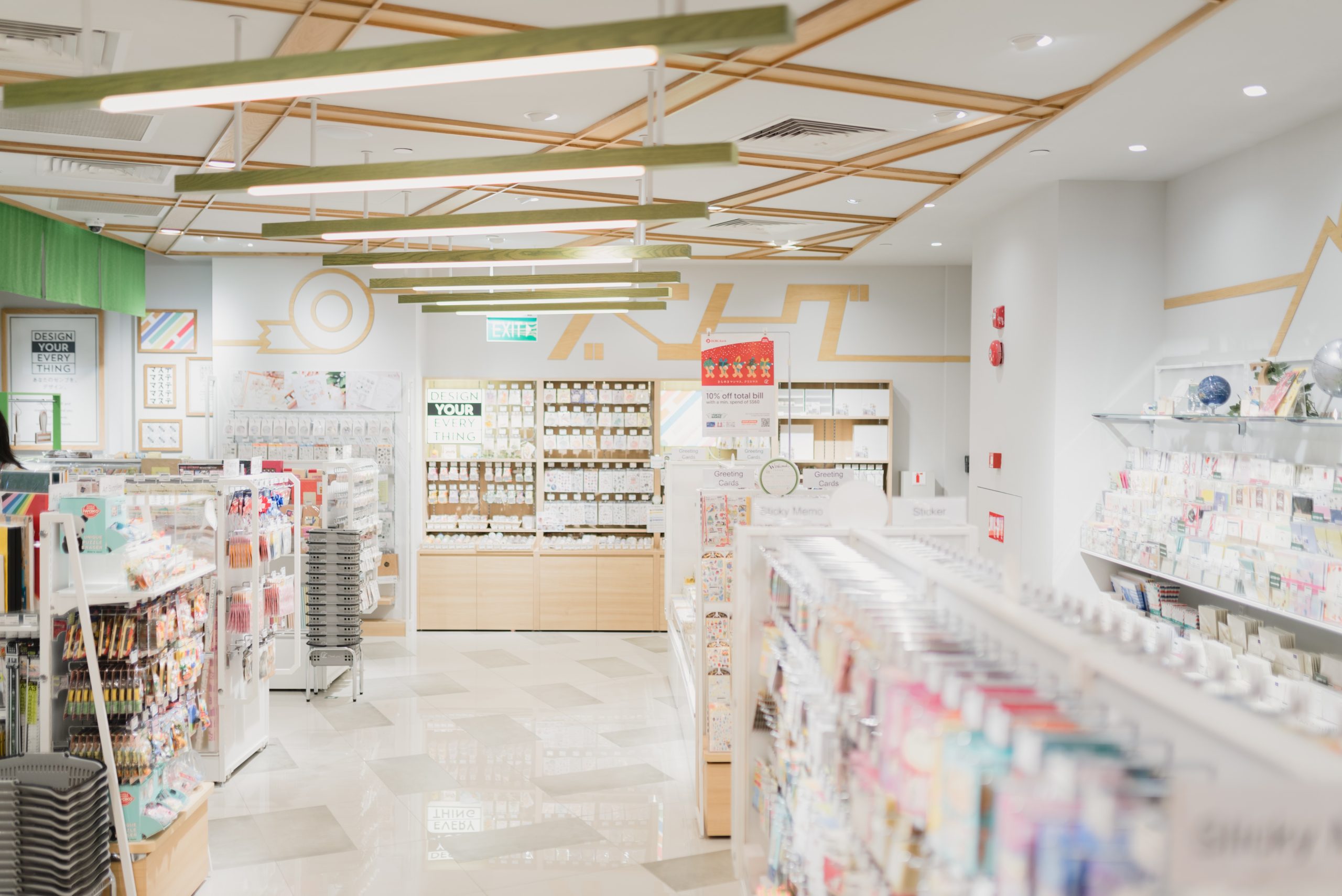Welcome to the age of digital retail! With ecommerce booming, it’s no surprise that many are wondering if brick-and-mortar stores have a future. Are physical locations becoming obsolete? Is shopping online the only way forward? In this blog post, we’ll examine the current state of brick-and-mortar stores, explore the rise of ecommerce, predict what lies ahead for physical locations in 2023 and provide recommendations on how retailers can prepare for an ever-changing industry landscape. So buckle up and get ready to discover whether or not brick-and-mortar is dead!
The current state of brick-and-mortar stores
Despite the rise of ecommerce, brick-and-mortar stores are still a crucial component of the retail industry. Physical locations provide an opportunity for customers to experience products in person before making a purchase. In fact, according to a study by First Insight, 71% of consumers prefer shopping in-store because they can see and touch products.
However, physical stores have faced challenges over the past few years. For instance, foot traffic has declined as more people turn to online shopping. This trend was exacerbated during the Covid-19 pandemic when many businesses were forced to close their doors temporarily.
Another challenge facing brick-and-mortar stores is that consumer expectations have shifted significantly due to advancements in technology. Customers now expect a seamless omnichannel experience where they can shop both in-person and online seamlessly without missing out on any promotions or deals.
Despite these challenges, there are opportunities for physical stores to thrive if retailers adapt and innovate accordingly. Some strategies include creating experiential retail spaces that offer unique interactive experiences while providing personalized customer service or leveraging augmented reality technology and other digital tools that enhance the overall customer journey while maintaining excellent product quality standards at all times.
The rise of ecommerce
The rise of ecommerce has been one of the most significant shifts in the retail industry in recent years. With the convenience and accessibility of online shopping, more and more consumers are choosing to purchase products online rather than visiting physical stores.
One major advantage of ecommerce is its ability to offer a wide range of products from different retailers all in one place. This means that shoppers can easily compare prices, read reviews, and make informed decisions about their purchases without ever leaving their homes.
Another benefit is the ease and speed with which orders can be placed and delivered directly to consumers’ doorsteps. Online retailers have also implemented various features like free shipping, easy returns policies, and same-day delivery options making it even easier for customers to shop online.
While some may argue that ecommerce presents a threat to brick-and-mortar stores, others see it as an opportunity for businesses to expand their reach beyond physical locations. As technology continues to improve, we can expect ecommerce sales numbers continue on an upward trajectory well into the future.
The future of brick-and-mortar stores
The future of brick-and-mortar stores looks bright, despite the rise of ecommerce. Physical stores will always play a crucial role in the retail industry as they offer unique experiences that online shopping cannot replicate.
One trend that we can expect to see more of in the coming years is experiential retail. Brick-and-mortar stores are shifting from simply presenting products on shelves to creating immersive environments and engaging customers through interactive displays, workshops, events, and other experiences. This strategy builds brand loyalty by offering customers something beyond just a transactional relationship.
Another way physical retailers can stay relevant is by leveraging technology to enhance their customer experience. For example, implementing virtual reality or augmented reality technology enables shoppers to visualize how products would look in real life before making a purchase decision. Additionally, mobile payments and self-checkout options provide convenience for consumers while reducing wait times.
Sustainability will continue to be an important focus for both retailers and consumers alike. Brick-and-mortar stores have an opportunity to showcase their commitment towards environmental responsibility through eco-friendly store designs and practices such as recycling programs and energy-efficient lighting systems.
In summary, brick-and-mortar stores will continue evolving with changing consumer preferences while staying true to what makes them unique: providing unforgettable customer experiences that go beyond just buying products off a shelf.
How to prepare for the future of retail
As the retail industry continues to evolve, it’s important for brick-and-mortar stores to adapt and prepare for the future. The first step is to embrace technology and incorporate it into your business model. This can include implementing mobile payment options, using augmented reality to enhance the in-store experience, and utilizing data analytics to personalize customer interactions.
Another way to prepare for the future of retail is by focusing on creating a seamless omnichannel shopping experience. This means integrating your physical store with your online presence, allowing customers to seamlessly move between both platforms. Offering things like buy-online-pick-up-in-store or same-day delivery are just some ways you can improve convenience and cater to changing consumer behaviors.
In addition, retailers should prioritize sustainability efforts as environmental concerns continue to become more prevalent among consumers. This could mean investing in eco-friendly packaging or sourcing products from sustainable suppliers.
Building strong relationships with customers will be crucial in driving loyalty and repeat business. Engage with customers through social media channels or offer personalized promotions based on their past purchasing behavior.
By embracing technology, prioritizing omnichannel experiences, promoting sustainability efforts, and fostering strong customer relationships; brick-and-mortar stores can position themselves for success in the ever-evolving world of retail.
Conclusion
As we have seen, the future of brick-and-mortar stores is not as bleak as some may think. While ecommerce continues to grow and dominate the retail market, physical stores still offer unique advantages that online shopping cannot replicate.
To survive and thrive in the modern retail landscape, brick-and-mortar stores must adapt to changing consumer preferences and embrace digital technology. This includes creating a seamless omnichannel experience for customers, investing in data analytics to better understand buyer behavior, and incorporating innovative features such as augmented reality or virtual reality into their store layouts.
By doing so, retailers can create personalized shopping experiences that are tailored to each individual customer’s needs. In addition, they can also leverage their physical locations to offer conveniences such as buy-online-pick-up-in-store (BOPIS) options or same-day delivery services.
While ecommerce will undoubtedly continue to shape the retail landscape in the years ahead, there is still a place for brick-and-mortar stores in our society. With careful planning and strategic investments in technology and innovation, these businesses can continue to provide value-added services that cannot be replicated online. By embracing change instead of resisting it, retailers can position themselves for success not just today but well into 2023 and beyond.




